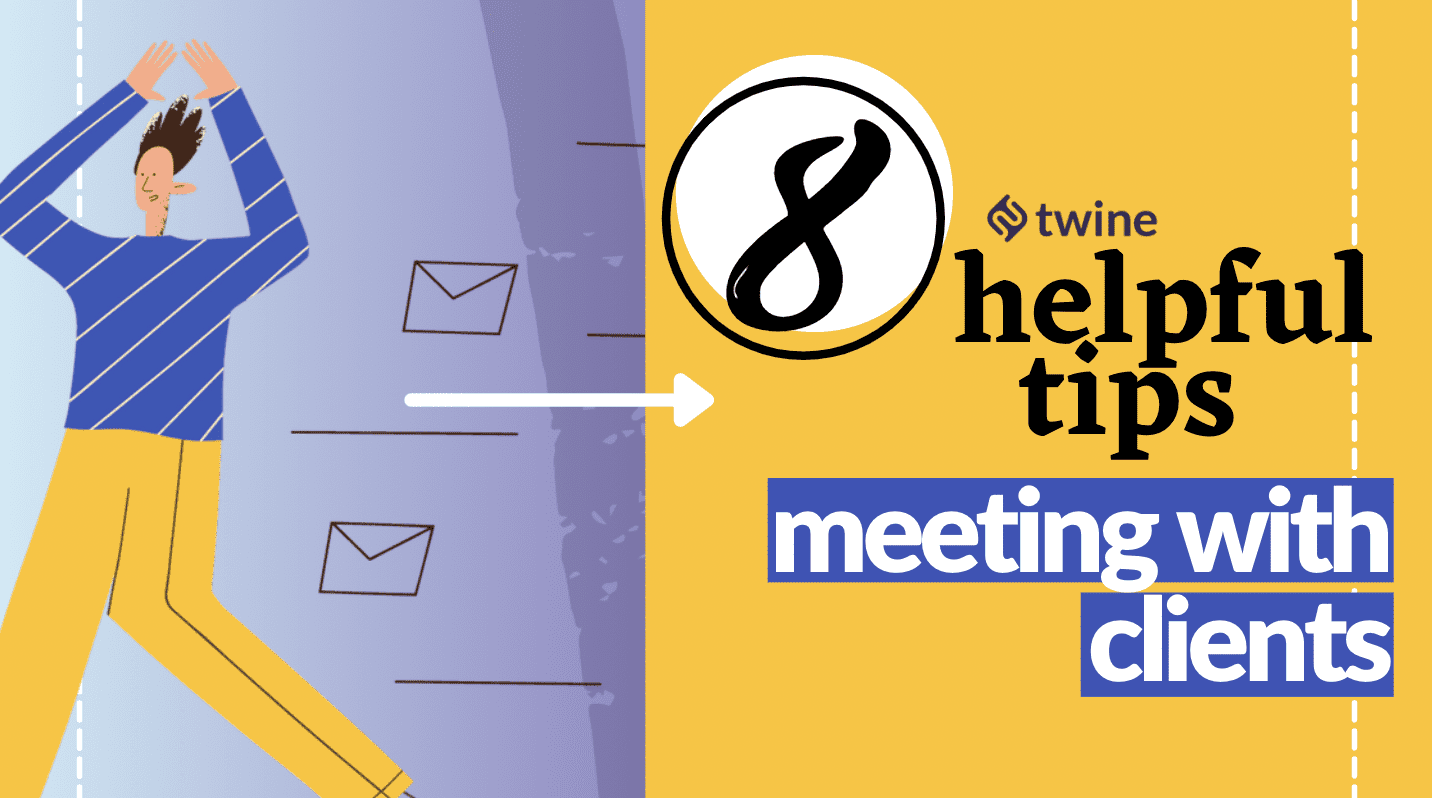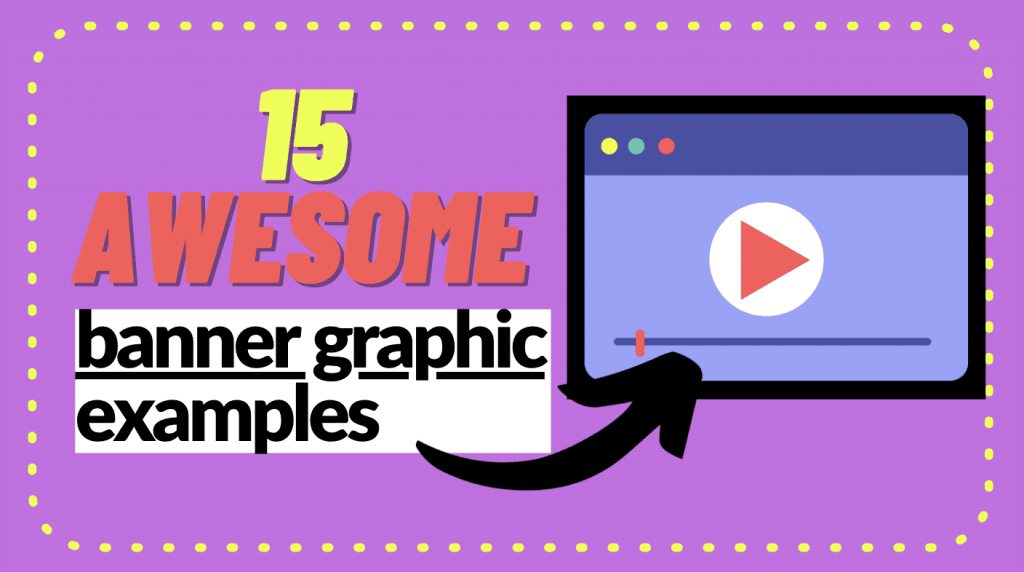

Meeting With Clients
Everybody who is anybody will have mixed feelings about meetings, let alone meeting with clients.
To some, meetings are a great way to take some time off from your morning schedule to sit back, relax and let people chat facts and figures. Others will be asleep. Meetings are also a great way to meet new clients and customers, helping you to cement a relationship that could open up the door to so many new opportunities in your freelancing career.
But, you want to make sure you get the meeting right, at Twine we want you to get it right too.
It’s rare that people these days are engaged in meetings but, since they are such an essential part of the business world, it’s time to start making them as effective as possible. To get you started, here are 8 essential tips you need to know.
8 Tips For Meeting With Clients:
Be Precise


This sub-header says it all. As a rule of thumb, a good meeting will only have one key point to discuss, in this case, introducing yourself to your client and making a good first impression. Everything else that is communicated at that meeting will have the sole purpose of relating to that single original point.
This helps both you and your future client to stay on track, stay engaged, and really allow the topic to be covered in a lot of detail, meaning there’s time for both parties to ask questions and explore the concepts and ideas being spoken about.
Take The Lead


Hand in hand with the consideration above, it’s important to lead with this main point. As soon as your meeting starts, make it very clear that you’re there to get to know your client and learn about the project that you’re going to be working on in the future. This helps everybody to get on the same page from the word ‘go’, helping to boost attention spans and productivity.
Jean Miller, a business developer, states;
“Leading with your primary point of focus is so important because everything will automatically know that it’s the most important because you’re leading with it. It helps to set the atmosphere and direction of the meeting, helping it to be more efficient.”
Be The Main Focus


One of the best ways to ensure your meeting works is by becoming the primary attention in the room. You may be using presentations or worksheets to present your ideas, and you may be inclined to read all your facts and figures off of a computer screen or the presentation itself.
However, it’s easy to get carried away and let these slides take center stage, rather than yourself. Remember, this meeting is all about you and your client, not sitting and reading through facts and figures.
The chances are that people in front of you, and you as an individual, sit in front of a computer screen most hours of the day and you can be sure that this attendance of this meeting doesn’t want to sit and look at yours now. Be the star of the show and use the presentation to accompany you as your aide.
Have A Personality


You won’t become this star of the show if you don’t have a personality and charisma. If you’re simply reading facts off a notepad, your future clients in the meeting are quickly going to get bored and unengaged. Make eye contact with people, look directly at them and speak individually to every person in the room when you’re talking.
Likewise, in addition to this confidence, you also need to ensure that you’re properly listening to other people talking during the meeting. It’s all about giving and taking. This helps to create an element of respect and makes you look good like you can work as part of a team.
Consider Your Body Language


Body language makes up 55% of everything related to communication. It’s like telling someone they’ve won the lottery but by standing as rigid as a plank; it just doesn’t work.
Some things to consider when communicating during a meeting include making eye contact with the people you’re speaking with and bring energy to what you’re saying using your hands.
Use Informative Presentations


Of course, as we stated above, you need to be the main point of focus during your speaking part of a meeting. However, a presentation must be used in the right places to make sure that all the relevant information is being accurately shared.
For example, if you’re talking about figures or numbers about your upcoming project, having them up on a clear, easy-to-read presentation can help your audience to absorb what you’re trying to say. You’ll also need to consider the language you’re using and whether it’s relevant to the business or client that you’re speaking to.
Guarantee Accuracy & Quality


Just like your verbal content, you need to make sure that any presentation slides that you do use are accurate.
If you’ve got facts and figures on your slides that have spelling mistakes, typos, and other kinds of errors, it’s going to make you look bad, distract you from the meeting and possibly cause problems down the line when someone thought the error was a fact.
This means you’ll need to proofread your slides before using them. Fortunately, this can be made relatively easy using proofreading tools such as Word Count. You can also check to ensure your grammar usage using awesome plug-in tools like Grammarly.
Practice Makes Perfect


Just as you would if you were about to give a presentation, if you’ve got a segment of your upcoming meeting and you really want to make an empty, try rehearsing and practicing what you’re going to say. Whether it’s in the car on the way to work or in front of the mirror at home, practicing will give you the ability to be more confident and a clear communicator.
For help with presentations, check out our amazing Pitch Deck Designers.
We hope you enjoyed this article on how to master your meeting with clients. Need any more help? Check out our interview archive, with useful tips and tricks for freelance success!
Ready to get hired? At Twine, we have dozens of top-quality jobs being posted each and every day. From design to marketing, development to copywriting – there’s a job ready for your skills. Join the marketplace of creative talent here.



